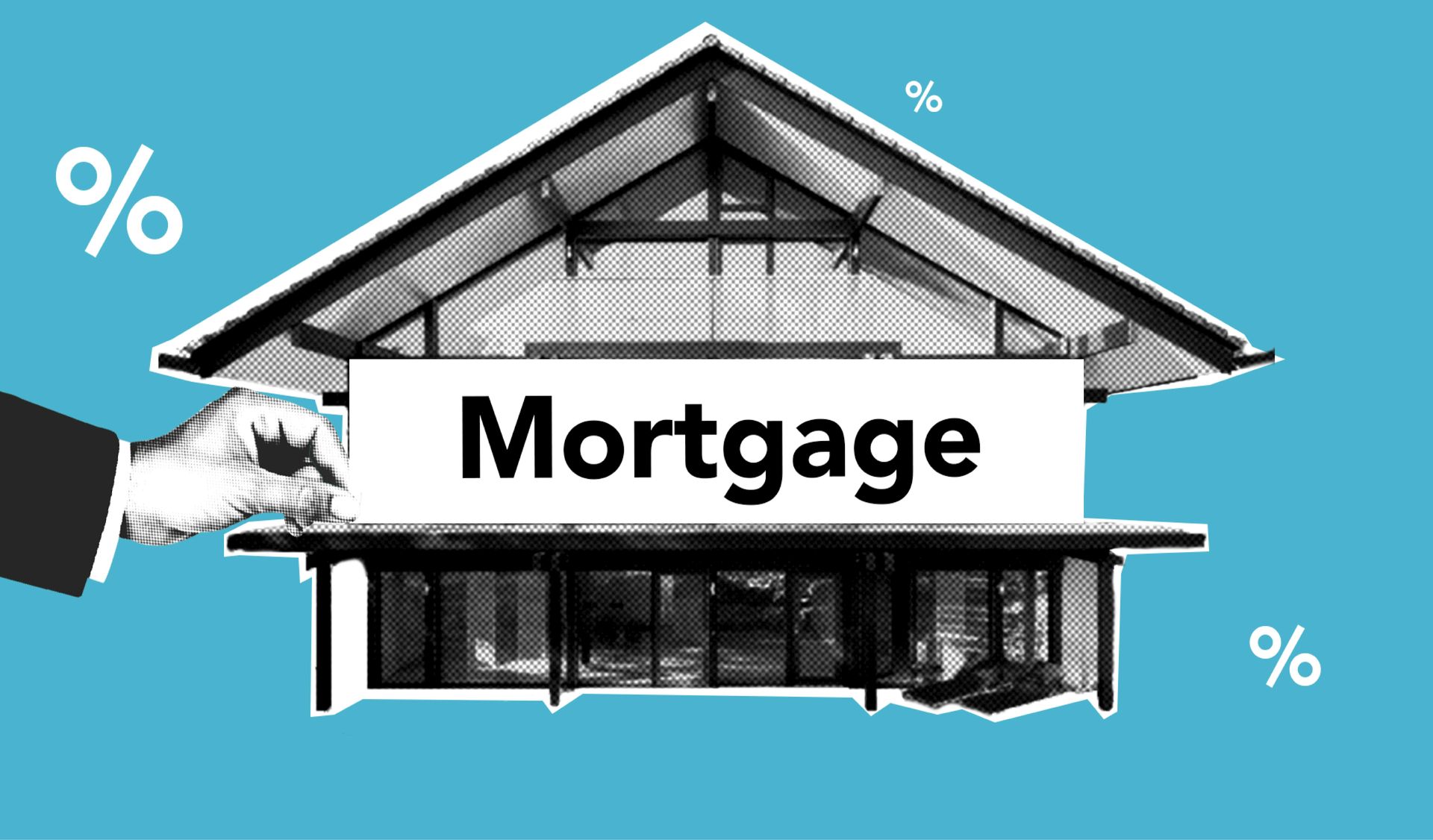DSCR Investor Loans
Let Your Property Qualify—Not Your Paycheck
A DSCR loan stands for (Debt Service Coverage Ratio), it’s intended exclusively for investment property purchases. This type of real estate financing qualification is primarily assessed based on the property's cash flow, measuring whether the rental income is sufficient to cover the loan’s debt payments.
The Formula to Determine DSCR Ratio:
Net Operating Income (NOI) / Monthly Debt Payment
*In lieu of needing typical financial documents for qualifying (i.e. tax returns, paystubs, W2’s). The lender will require an appraisal along with a 1007 market rent schedule to estimate the market rent of the property being purchased. This estimated rent will then be compared to the projected monthly mortgage payment (PITIA) for the loan being financed.
Interpreting DSCR Ratios:
- DSCR > 1.0: Indicates the property generates enough income to cover its debt obligations, signifying positive cash flow.
- DSCR = 1.0: Means the property's income is exactly equal to its debt obligations, suggesting it can break even.
- DSCR < 1.0: Signals that the property's income is insufficient to cover its debt obligations, implying potential negative cash flow.
Here is an Example:
- Purchase Price: $400,000
- Down Payment: 20% ($80,000)
- Loan Amount: $320,000
- Interest Rate: 7%
- Loan Term: 30 years
- Principle/ Interest payment: $2,129
- Monthly Expenses (taxes, insurance, etc.): $300
- Total Monthly Payment - $2,429
- Appraisal/ Market Rent Schedule- $2,500 per month
Applying The Formula: Net Operating Income (NOI) / Monthly Debt Payment
$2,500 Estimated Rent / $2,429 Total monthly payment = DSCR 1.029
- DSCR > 1.0: Indicates the property generates enough income to cover its debt obligations, signifying positive cash flow.
In essence, the DSCR ratio provides lenders with a clear picture of a property's ability to service its debt, to help determine loan approval. Generally, a DSCR ratio greater than 1.0 is considered ideal, as it indicates the property generates more income than required to cover its monthly debt. A lower DSCR signals higher risk; however, some lenders may still approve loans with a DSCR below 1.0 if there are strong compensating factors—such as a larger down payment or substantial cash reserves.
*A DSCR loan can be a great financing tool depending on the overall assessment of the borrower. Please seek a knowledgeable/reputable mortgage professional to help determine.
Jesse Young
Neighborhood Loans
jyoung@neighborhoodloans.com
📞 817-939-1467 (Direct)











